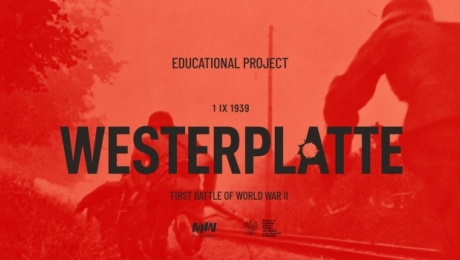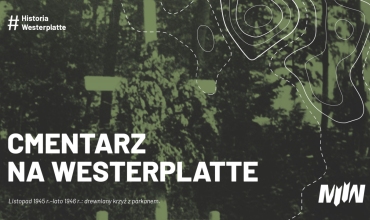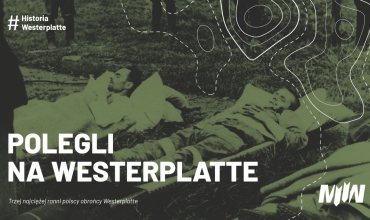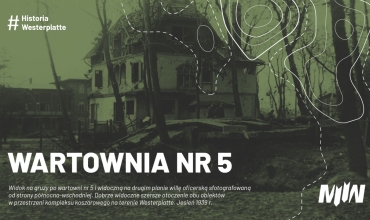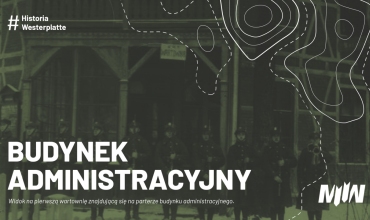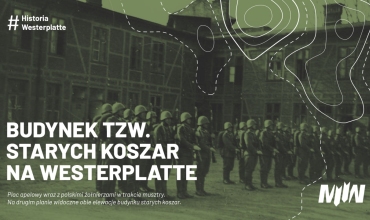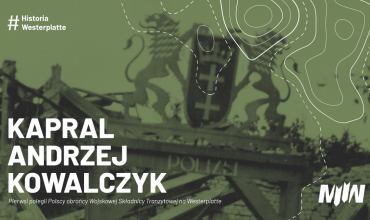News
In December 2020, an international architectural competition was held for a new cemetery design on Westerplatte. In the coming years, all of the identified fallen defenders of the Polish Military Transit Depot from September 1939 will be buried there.
As a supplement to the article discussing the transformations and forms of the cemetery at Westerplatte, we would like to commemorate, separately, those for whom this place of eternal rest was established.
For several decades, Westerplatte has been associated with the Monument to the Defenders of the Coast, unveiled ceremoniously in October 1966. Since the late sixties, its silhouette has become one of the most frequently used symbols of this place in various photographs, postcards, and other souvenirs. The upcoming Westerplatte museum aims to reverse this trend and emphasize the authentic dimension of this place, which was a battleground for Polish soldiers in 1939. The Monument to History at Westerplatte will eventually be restored to its former glory. In this text, we would like to show that there have been more monuments and memorials over the years, and their history is not as well-known as the example of the largest monument mentioned here. We invite you to familiarize yourself with the content of the article.
The remains of the destroyed Guardhouse No. 5, next to the foundations of the dismantled officer's villa, will soon become educational elements accessible to visitors while preserving and securing the remains of the former Military Transit Depot on Westerplatte. They will be located at the entrance to the new area leading to the Polish Army Soldiers' cemetery on Westerplatte. In the following text, we would like to present the exceptional yet short and turbulent history of Guardhouse No. 5. The most dramatic events related to the defense of the Polish outpost on Westerplatte took place in this facility. Guardhouse No. 5 is also inseparably linked to commemorating the fallen Polish soldiers on Westerplatte through the cemetery located on its ruins. We invite you to read on.
The administrative building of the former Military Transit Depot is the next building presented as part of the #HistoriaWesterplatte series. To this day, only remnants of its foundations have survived, hidden in the ground – much like most of the buildings on the peninsula.
The so-called Old Barracks building on Westerplatte was erected in the central part of the peninsula, along with the administrative building already described in the #WesterplatteHistory series. Only remnants of its foundations hidden in the ground have survived to the present day. Practically the entire outline of its foundations was uncovered during archaeological research in 2017. Originally, this facility was intended for vacationers who flocked to the bathing area in the summer months before 1914. When the area was taken over by the Polish side, soldiers moved into the building, and in the final period of the depot's operation, civilian workers inhabited it. What did the building look like during its heyday, and when did it disappear from the Westerplatte landscape? These questions will be answered in the next episode of the #WesterplatteHistory series.
#WESTERPLATTE HISTORY - SENIOR SERGEANT RESERVE WOJCIECH NAJSAREK – STATION MASTER AND RAILWAYMAN
Corporal Andrzej Kowalczyk
The first of the Polish defenders who fell at the Military Transit Depot on Westerplatte.
The first of the fallen Polish defenders of the Military Transit Depot on Westerplatte. Senior Rifleman Konstanty Jezierski






